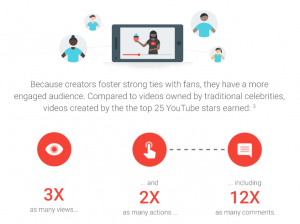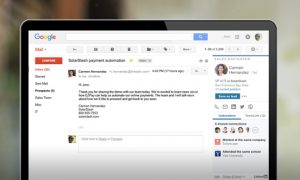Designing Digital Content With Inclusivity In Mind
Even if you design your site to perfection, your experience could make someone with a disability feel unwelcome. If that gave you pause to consider how accessible your own digital content is, the likely answer is “Not enough.”
The Centers for Disease Control estimates one in five adults are disabled and may be prevented from obtaining equal access to digital content. If you’re not creating experiences with accessibility in mind, you’re letting down a significant audience visiting your site.
Why accessibility matters
The categorization of a disability includes a broader set of individuals than you may have considered. Disabilities often include problems with sight, motor skills, hearing, or cognitive delays. Many of these individuals access the internet with the help of assistive devices.
As you reflect on the accessibility of your own website, empathy matters. Put yourself in the shoes of someone with a disability to better understand the difficulties they face. Use a screen reader or a voice recognition program. Or simply unplug your mouse and try to navigate your favorite sites.
Not only is prioritizing accessibility the right thing to do, but there are also legal and financial penalties for noncompliance. You also risk losing potential customers if your website doesn’t accommodate users with disabilities. Remember, your competition is only a click away.
Design and build with inclusivity in mind
Web Content Accessibility Guidelines (WCAG) are commonly recognized as the global standard, but creating accessible experiences goes far beyond a one-size-fits-all checklist. Every organization is different — and customizing specifications to your business is important. Your roadmap also needs to be mindful of the fact that standards are always evolving, and flexibility and governance are key.
Keep in mind: A compliant solution is just the bare minimum to adhere to legal compliance. Companies looking to go above and beyond incorporate accessibility guidelines into their core operations, changing how they work across teams. This ensures compliance considerations are always at the forefront every step of the way.
To take it even further, teams that pursue an inclusive design approach embrace human diversity as a focal point to learn from, account for, and include as a part of the process. They achieve this by putting real users and their needs at the center of their strategies and execution.
For example, if you’re beginning a broader strategy or design effort, an inclusive approach may include focus groups, contextual interviews, and/or usability testing for user feedback that includes representative participants from a diverse user set.
Like any digital effort, it’s never “done.” It’s a good idea to keep developing your process, keeping accessibility at the forefront of your ongoing site enhancements, test strategies, and governance.
Final thoughts
Taking accessibility and inclusivity into consideration is not a single feature you can activate, or an item in your backlog you can mark as complete. For companies that want to get it right, it requires a fundamental shift in approach. Human-centered inclusiveness results in experiences that truly meet the needs of all users.
(49)



